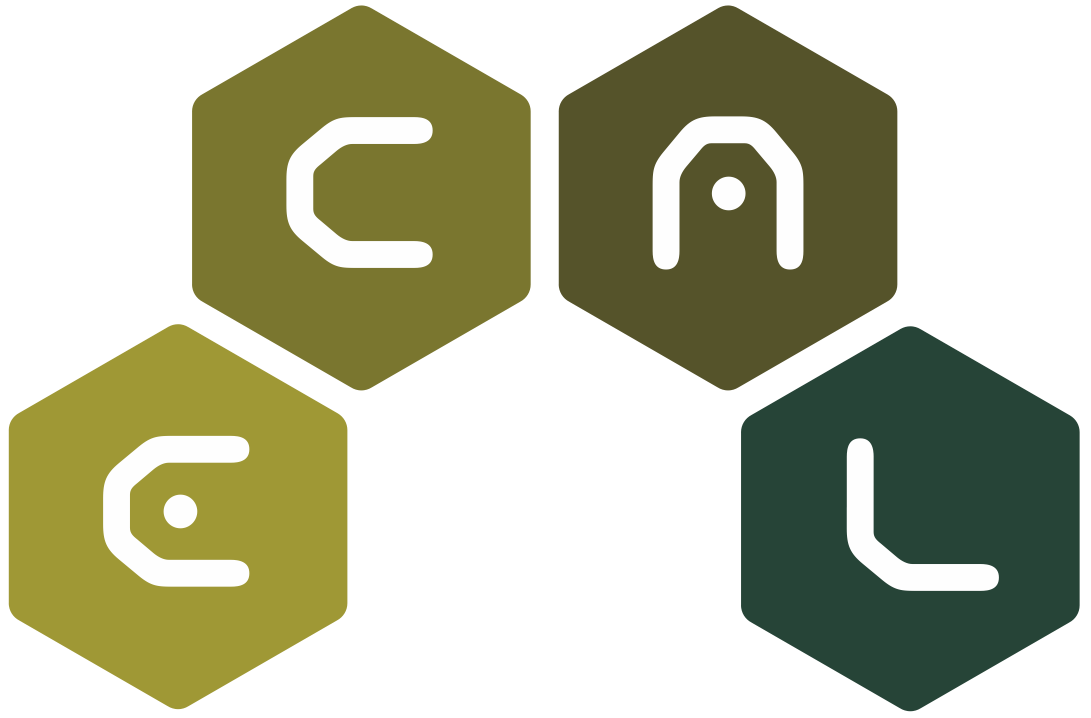Title
Spatial Computing in Synthetic Bioware: Creating Bacterial Architectures

Spatial Computing in Synthetic Bioware: Creating Bacterial Architectures
Download via this paper's page on the MIT Press ECAL 2015 Proceedings website.
Synthetic biology is an emerging scientific field that promotes the standardized manufacturing of biological components without natural equivalents. Its goal is to create artificial living systems that can meet various needs in health care, nanotechnology and energy. Most works are currently focused on the individual bacterium as a chemical reactor. Our project, SynBioTIC, addresses a novel and more complex challenge: shape engineering, i.e. the redesign of natural morphogenesis toward a new kind of “developmental 3D printing”. Potential applications include organ growth, natural computing in biocircuits, or future vegetal houses. Using realistic agent-based simulations of bacterial mats, we experiment with mechanisms allowing cell assemblies to collectively self-repair and develop complex structures.
To create multicellular organisms that exhibit specific shapes (a completely original task) we construe their development iteratively by combining basic processes such as homeostasis, segmentation, and controlled1 proliferation in silico. We use the E. coli simulator Gro , a physicochemical computation platform offering reaction-diffusion and collision dynamics solvers. The synthetic “bioware” of our model executes a set of rules, or “genome”, in each cell. Cells can differentiate into several predefined types associated with specific actions (divide, tumble, emit signal, die, etc.). Transitions between types are triggered by conditions involving internal and external sensors that detect various protein levels inside and around the cell. There is no direct molecular signaling between two neighboring bacteria, only indirect communication via morphogen diffusion and the mechanical constraints of 2D packing. In any case, the overall architecture emerges in a purely endogenous fashion.
For now, cell behaviors are set by rules hand-coded in the Gro script language. Starting from a single bacterium, our artificial creatures execute a series of developmental stages. First, isotropic proliferation produces a roughly circular population characterized by homeostatic activity (black and white cores in Fig. 1a,b). This is based on leader cells emitting a morphogen, while other cells continually divide and die at the periphery where the morphogen concentration drops. Then, the central region of the disc differentiates from the crown. Each cell also contains an oscillatory mechanism acting like a internal clock. In the crown, these oscillators are synchronized, i.e. characterized by a uniform phase. At this stage, a new wave of morphogen is triggered by a randomly activated cell on the crown, and rapidly propagates (suppressing any competitor wave). The encounter between the wave front and the current state of the oscillator determines whether each cell differentiates, and into what type. The period of oscillations controls the number of segments that can appear. Finally, precursor cells emerge at the periphery of these segments and stimulate new local proliferation, which eventually triggers limb growth in a way similar to the apical meristem of plant shoots (Fig. 1c).
Applying this mechanism to two segments and two precursors, North and South, then on the equator that they form (areas of equal morphogen concentration), the system gives rise to a second pair, East and West, i.e. four differentiated seeds in total. This makes it possible to control the growth and features of single appendages. The L and T shapes of Fig. 1 exemplify this “divergence of homology”: some precursors are inhibited while others create limbs of varying size. Such morphogenetic phenotypes allow us to envision more complex shapes made of an array of cores and limbs, by iterating the above processes. Most importantly, they open the door to an evolutionary (“evo-devo”) exploration.